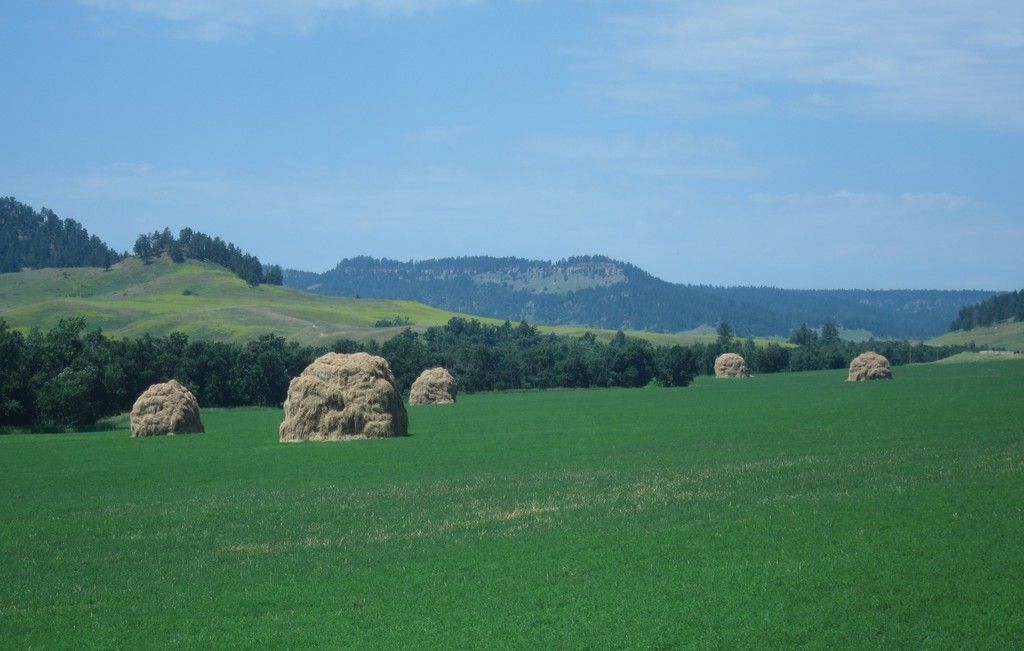Mastering Garlic Growing for a Tasty Yield Every Season
Home growing your own garlic ain't rocket science. Plant a clove in the ground, cover it with straw, and wait for spring - that's all it takes! Not only does homegrown garlic provide a rich, robust flavor, but it also acts as natural pest control, deterring critters like deer and rabbits, which benefits your entire garden. And the best part? This low-maintenance crop faces minimal disease problems.
Want to be a garlic-growing pro? Read on for expert tips from the seasoned minds behind Mad River Garlic Growers and Keene Garlic.
Find Your Planting Time
For a bountiful harvest, aim to plant garlic in the fall, kick-starting the necessary cold period called vernalization. Remember, though, you can still plant garlic in spring as long as you get it in the ground as the soil becomes workable. Just keep in mind that fall planting will deliver larger, more flavorful bulbs.
Select Your Garlic Type
Garlic varieties can be split into two main groups: hardneck and softneck. Hardneck garlic is known for its cold hardiness, robust flavor, and large cloves, while softneck garlic suits warmer climates, is smaller, and has a milder flavor.
** caring for your Garlic Crop**
To help your garlic thrive, follow these care tips:
- Sunlight: Garlic needs as much sun as it can get - aim for at least 6-8 hours daily.
- Soil: Pick a spot with nutrient-rich, well-draining soil with a pH level between 6.2 and 7.0. If you're unsure about your soil type, consider doing a soil test to determine the necessary amendments.
- Water: Provide around 1 inch of water per week, maintaining consistent moisture without saturating the soil.
- Temperature: Garlic prefers cooler temps, growing best between 55 and 75°F (13-24°C).
- Fertilizer: Use a slow-release fertilizer containing langbeinite and crustacean meal in the fall, and reapply one month after green tips emerge in spring.
** How To Plant Garlic**
Growing garlic at home couldn't be easier - just plant the cloves! Some may advise removing the skin surrounding the cloves, but it's best to leave the skin on to prevent rot and disease during the rooting process.
- Separate the Cloves: Before planting, divide the cloves to avoid dehydration or deterioration. Keep any small cloves for eating instead of planting.
- Spacing: Space the garlic cloves 6 inches apart for proper bulb development and growth.
- Planting Depth: Plant hardneck garlic 1-3 inches deep, with the pointy ends up. For colder areas, plant deeper (3-5 inches). Softneck varieties can be planted in any direction.
- Water: After planting, water the garlic to encourage immediate root growth.
- Coverage: Cover the cloves with soil and mulch with straw or leaves to shield them from winter's chill.
Harvest Time
Harvest garlic when 50% of the plant has died back, with four to five green leaves remaining at the top. Test a bulb to ensure uniformity and size before harvesting the entire crop.
Curing and Storing Your Harvest
Properly cure and dry your garlic bulbs to improve their storage capabilities and quality:
- Increase airflow by curing in a garage or garden shed, away from direct sunlight.
- Allow each bulb space by hanging or laying flat.
- Remove fans after 10 days once the stems no longer contain green.
- Store garlic in an area between 35 and 55°F (2-13°C) and 40-60% humidity.
Don't store garlic in plastic bags or tightly sealed containers, as this can encourage mold growth. Instead, find a cool, well-ventilated spot to store your garlic bulbs for prolonged storage.
Growing Garlic Indoors
You can grow garlic in pots by using a large container with proper drainage, filling it with high-quality potting soil, and a slow-release fertilizer, planting the garlic cloves 4-6 inches apart, keeping the soil moist, and placing the container in an area with at least 6 hours of sunlight each day.
Transplanting Potted Garlic
To transplant your potted garlic into the ground in spring, or to increase your pot size, carefully dig around the root ball, remove the garlic, loosen the roots, dig a hole slightly larger than the root ball, place the garlic in the hole, cover it with soil, and water thoroughly.
FAQs
- How long does it take garlic to grow? (8-10 months for fall-sown, 5-6 months for spring-sown)
- Can you plant grocery store garlic? (Not recommended, as store-bought garlic is often treated to prevent sprouting and may not adapt to your local climate.)
- How to test soil pH? (Contact "Cooperative Extension" in your state or order a kit online.)
- Should you soak garlic before planting? (Not mandatory, but some gardeners Opt for a diluted fertilizer solution to promote faster root growth.)
- Can you store garlic in the refrigerator? (Yes, keep it at 33-42°F with 50-60% humidity.)
Martha Stewart recommends finding container garden ideas that can accommodate a small vegetable garden, such as a garlic garden. With variety options like hardneck and softneck, garlic is a versatile choice for gardeners in different climates. Effective care tips, including proper sunlight, soil, water, temperature, and fertilizer, can help encourage a successful garlic garden, whether planted in the ground or in pots. Homegrown garlic not only provides a rich, robust flavor, but also acts as natural pest control in the garden. To enjoy garlic anytime, consider implementing vegetable garden ideas that prioritize this versatile and flavorful crop.



